Yuting Luo, of Johns Hopkins University, was named the 2024 recipient of the Rosalind Franklin Young Investigator Award given by the Advanced Photon Source (APS) user organization, which recognizes important scientific or technical accomplishments at the APS by a young investigator.
Tag: photon sciences
Media Tip: Argonne’s Advanced Photon Source to accelerate biological and environmental research
In October 2023, the Advanced Photon Source (APS), a U.S. Department of Energy (DOE) Office of Science user facility at DOE’s Argonne National Laboratory, officially launched a new initiative to expand biological and environmental research at the world leading X-ray and analysis facility.
Argonne to recycle magnets from Advanced Photon Source in new physics experiment at Brookhaven
Argonne is recycling 700 magnets as its Advanced Photon Source undergoes an upgrade, and the old magnets will be used for the Electron-Ion Collider.
Nina Andrejevic creates better tools to quickly characterize materials
Understanding big datasets requires better analytical models, says the Maria Goeppert Mayer Fellow.
Researchers use Argonne X-rays to find the best antibodies
Antibody therapies are only effective if the antibodies do what we want them to do. This research can help scientists determine if an antibody is likely to stick to something other than the intended target, which should lessen the amount of time wasted with overly sticky antibodies.
Rising “snow” deep in the Earth
Researchers have gained important insights about mysterious structures 1,800 miles below the Earth’s surface—and how they may be connected to volcanoes.
Ready, set, upgrade: Advanced Photon Source’s overhaul is underway
The Advanced Photon Source at Argonne National Laboratory is beginning the installation phase of an upgrade that will enable new breakthroughs in a variety of sciences.
Study reveals workings of promising Copper deficiency drug
Research at Argonne National Laboratory’s Advanced Photon Source has revealed a key mechanism behind a promising drug for copper deficiency disorders.
Cai wins 2023 Gopal K. Shenoy Excellence in Beamline Science Award
Zhonghou Cai is the 2023 recipient of the Gopal K. Shenoy Excellence in Beamline Science Award. The annual award recognizes active beamline scientists at the Advanced Photon Source for significant contributions to research or instrumentation and support of the beamline user community.
Bright lights, big data: how Argonne is bringing supercomputing and X-rays together for scientific breakthroughs
Argonne’s newest supercomputer, Polaris, is up and running, and scientists using the Advanced Photon Source are already seeing faster data analysis. While the combination is paying dividends now, it points toward an upgraded APS and an even better supercomputer called Aurora.
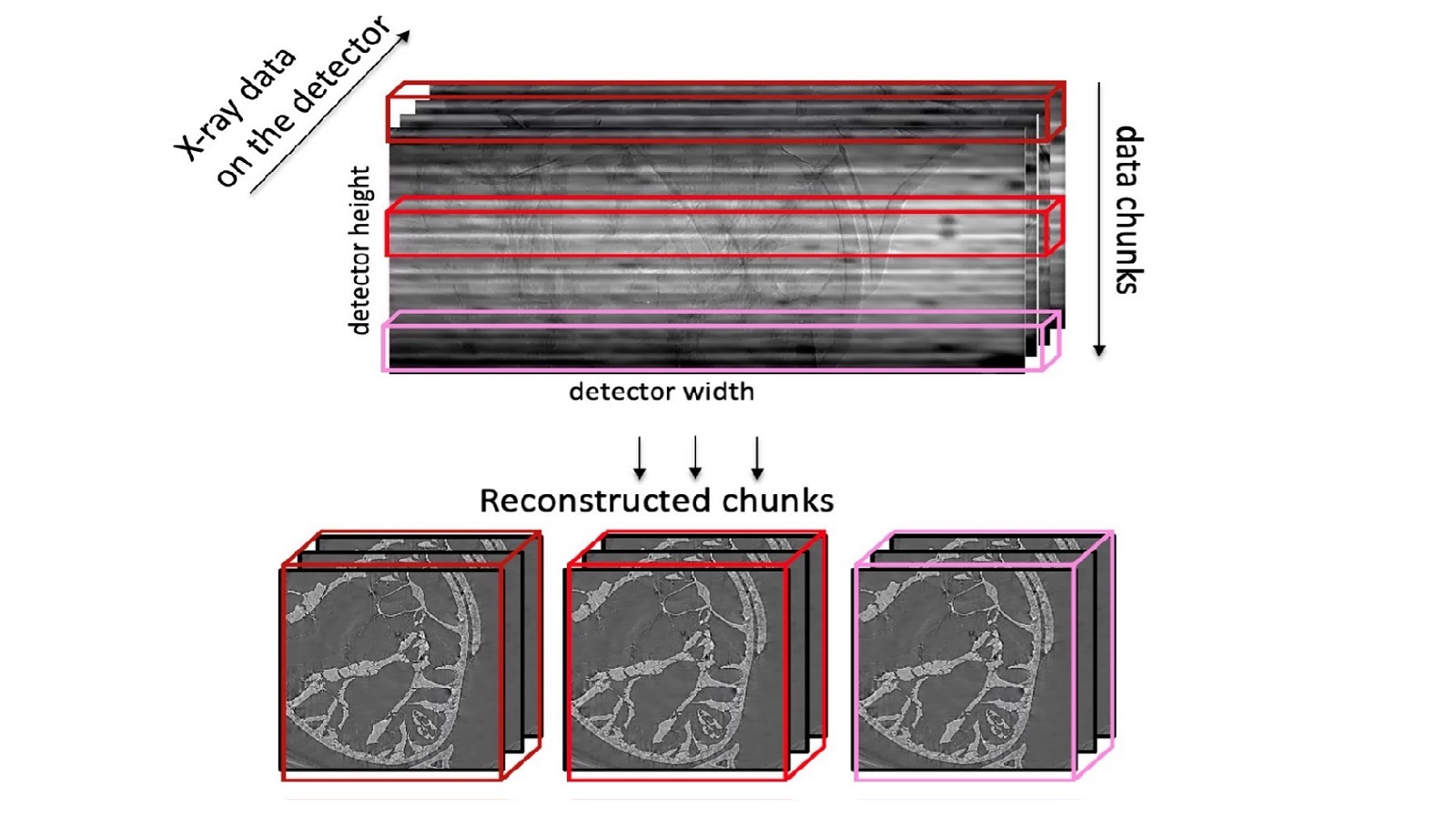
Argonne scientist develops new X-ray data reconstruction method
A new software package developed by Argonne will help scientists reconstruct data from X-ray tomography experiments at the Advanced Photon Source up to 30 times faster than current methods.
Argonne announces 2022 Postdoctoral Performance Awards
Nine postdoctoral appointees were recognized with Postdoctoral Performance Awards.
Secrets from space: Advanced Photon Source helps illuminate the journey of a 4 billion-year-old asteroid
An international collaboration of scientists has published results of their studies into the makeup and history of asteroid 163173 Ryugu. These results tell us more about the formation of our solar system and the history of this nearby neighbor.
Six ways the Advanced Photon Source is making the world better
Pivotal discoveries at Argonne’s Advanced Photon Source make the world better every day. Here are six that help us, inspire us and add to the promise of a brighter tomorrow.
Argonne employee group funds service dog for Chicago area veteran
A U.S. Army veteran living with post-traumatic stress disorder (PTSD) was presented with an Australian shepherd service dog on Sept. 25, the result of roughly five years of fundraising by an employee group at Argonne National Laboratory.
Let’s get small: New Argonne method greatly improves X-ray nanotomography resolution
Using X-rays to study batteries and electronics at nanometer scales requires extremely high resolution. Argonne scientists led an effort to build a new instrument and devise a new algorithm to greatly improve the resolution for nanotomography.
Scientists repurpose cancer and seizure medications to aid in the fight against COVID-19
Two teams of researchers using the Advanced Photon Source identified existing drugs — one used to treat cancer, the other an anti-seizure medication — that may work as treatments for COVID-19.
A biological fireworks show 300 million years in the making
Scientists using the Advanced Photon Source have determined that amphibian eggs release showers of zinc upon fertilization, just like mammalian eggs. This research could have implications for human fertility studies.
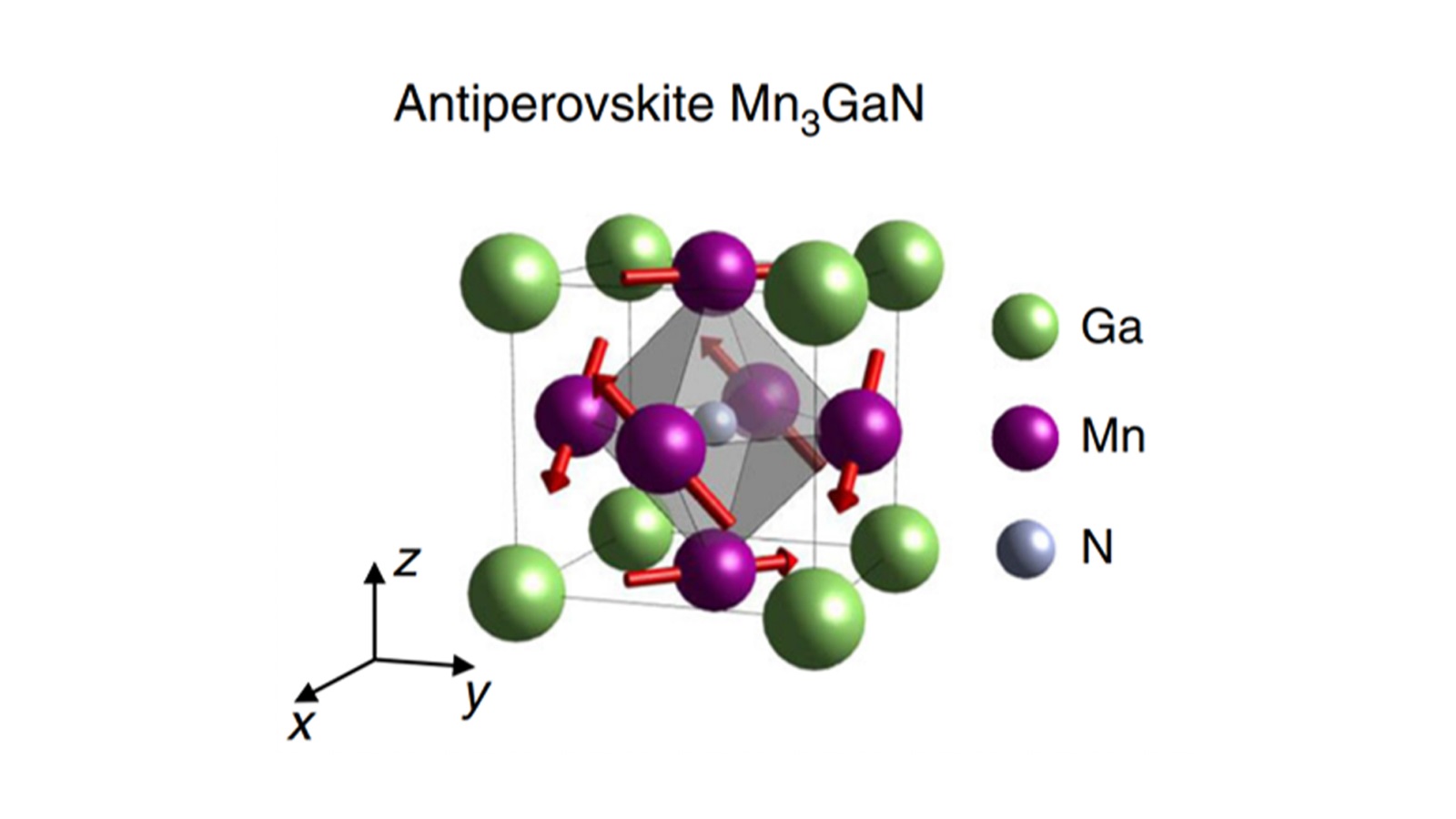
A new spin on energy-efficient electronics
Researchers are harnessing the power of Argonne’s Advanced Photon Source to test new materials for use in spintronics. This emerging field uses electron spin instead of charge, allowing manufacturers to make smaller and more efficient electronic devices.
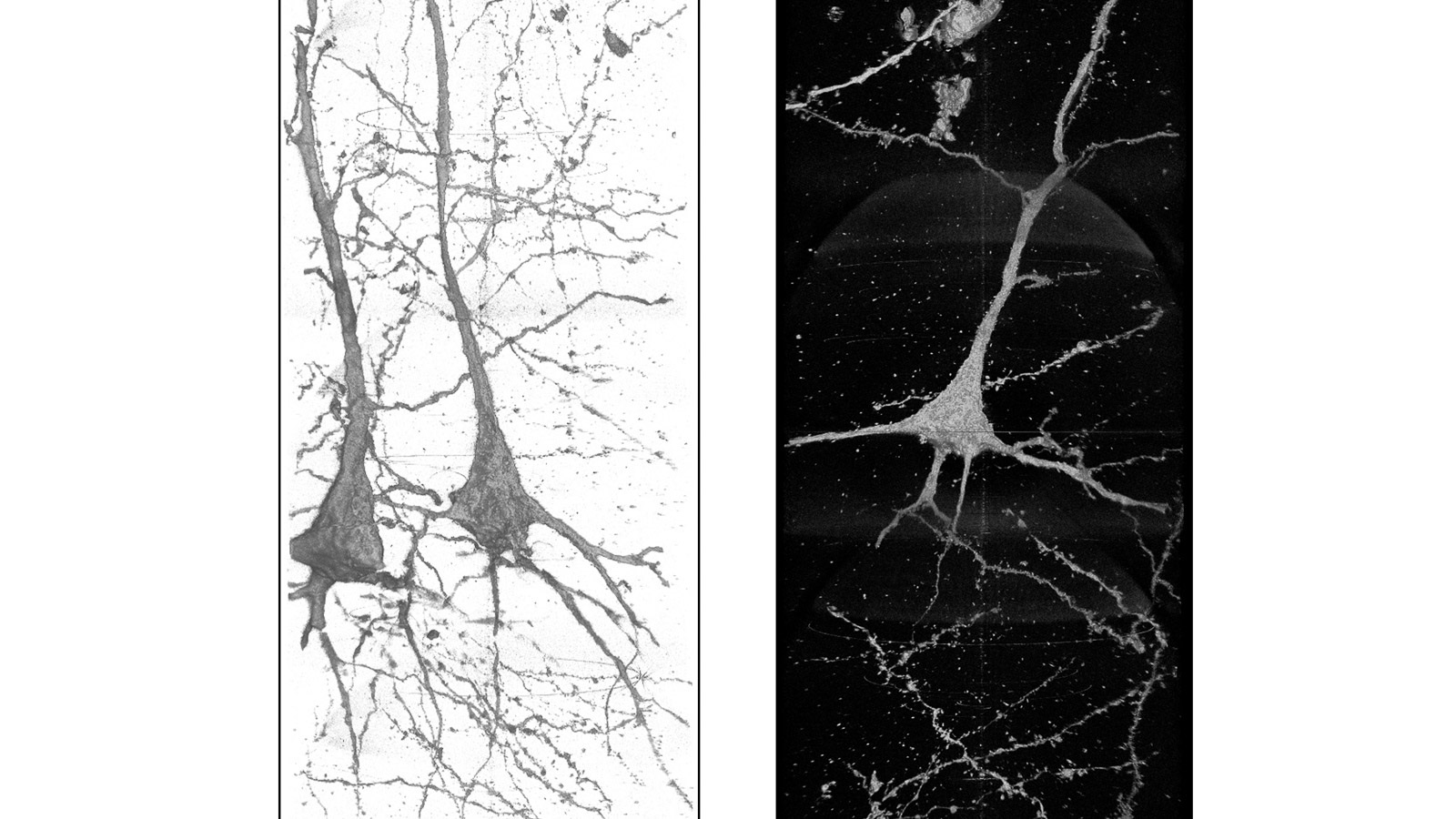
Seeing schizophrenia: X-rays shed light on neural differences, point toward treatment
An international research team used the ultrabright X-rays of the Advanced Photon Source to examine neurons in the brains of schizophrenia patients. What they learned may help neurologists treat this harmful brain disorder.

Worth their salt: New battery anodes use salt for energy, stability
Researchers at the U.S. Department of Energy’s Argonne National Laboratory and the University of California San Diego have discovered that a material that looks geometrically similar to rock salt could be an interesting candidate for lithium battery anodes that would be used in fast charging applications.
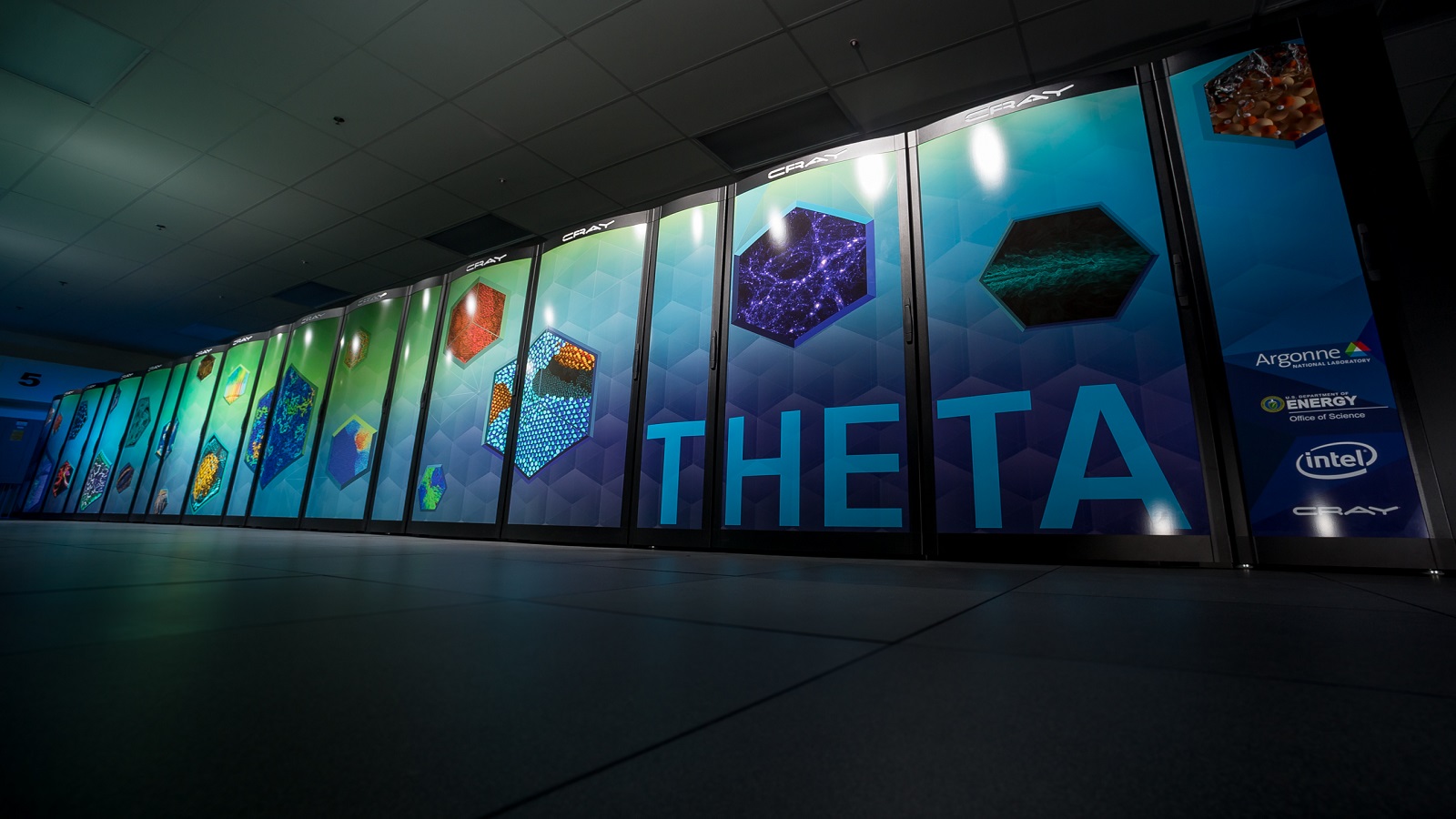
The AI-driven initiative that’s hastening the discovery of drugs to treat COVID-19
Ten organizations have created a pipeline of artificial intelligence and simulation tools to narrow the search for drug candidates that can inhibit SARS-CoV-2.
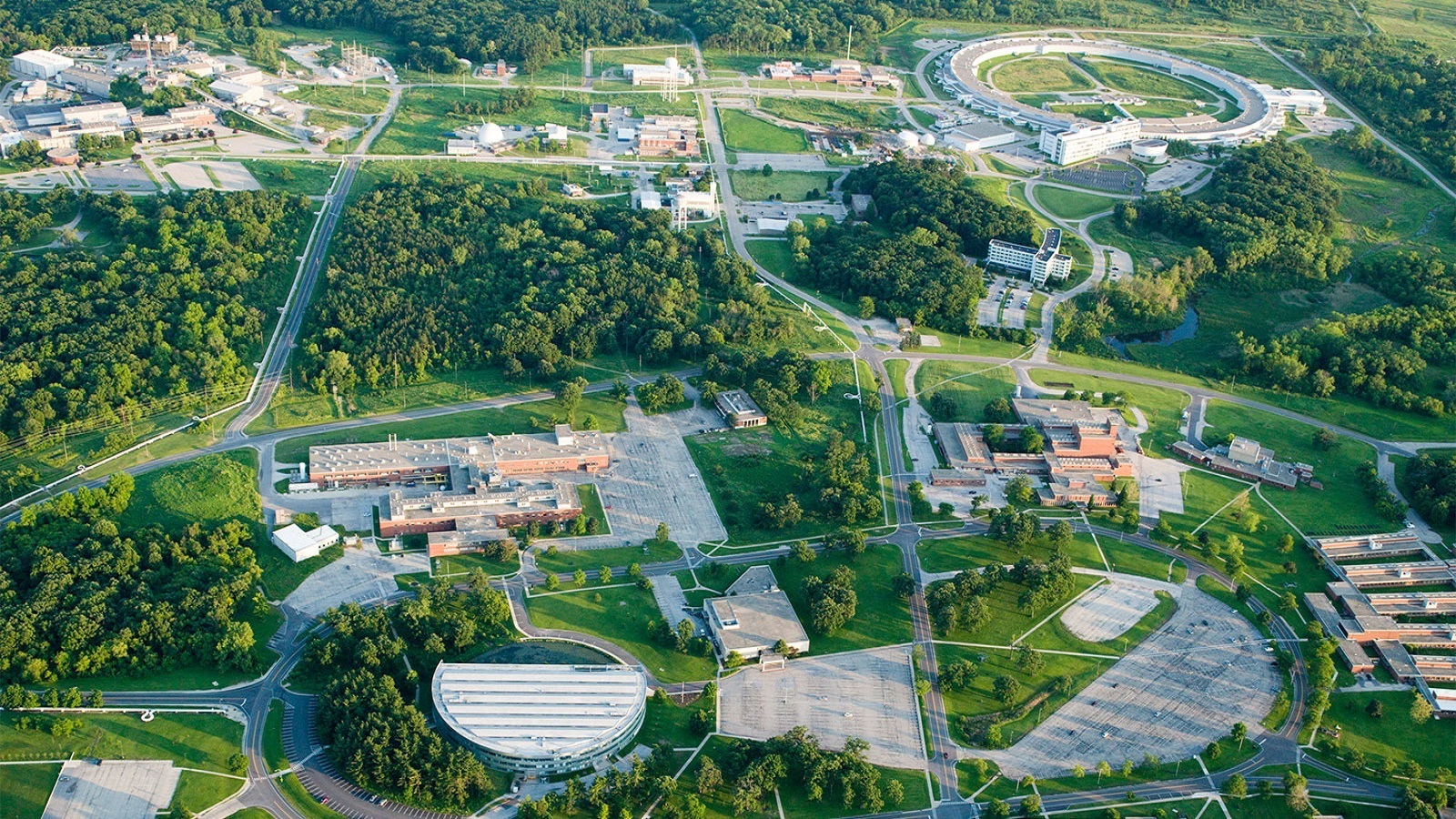
Seventeen from Argonne recognized with Secretary of Energy’s Honor Awards
Six groups that included seventeen scientists from the U.S. Department of Energy’s (DOE) Argonne National Laboratory were recent recipients of the DOE’s 2020 Secretary of Energy’s Honor Awards.
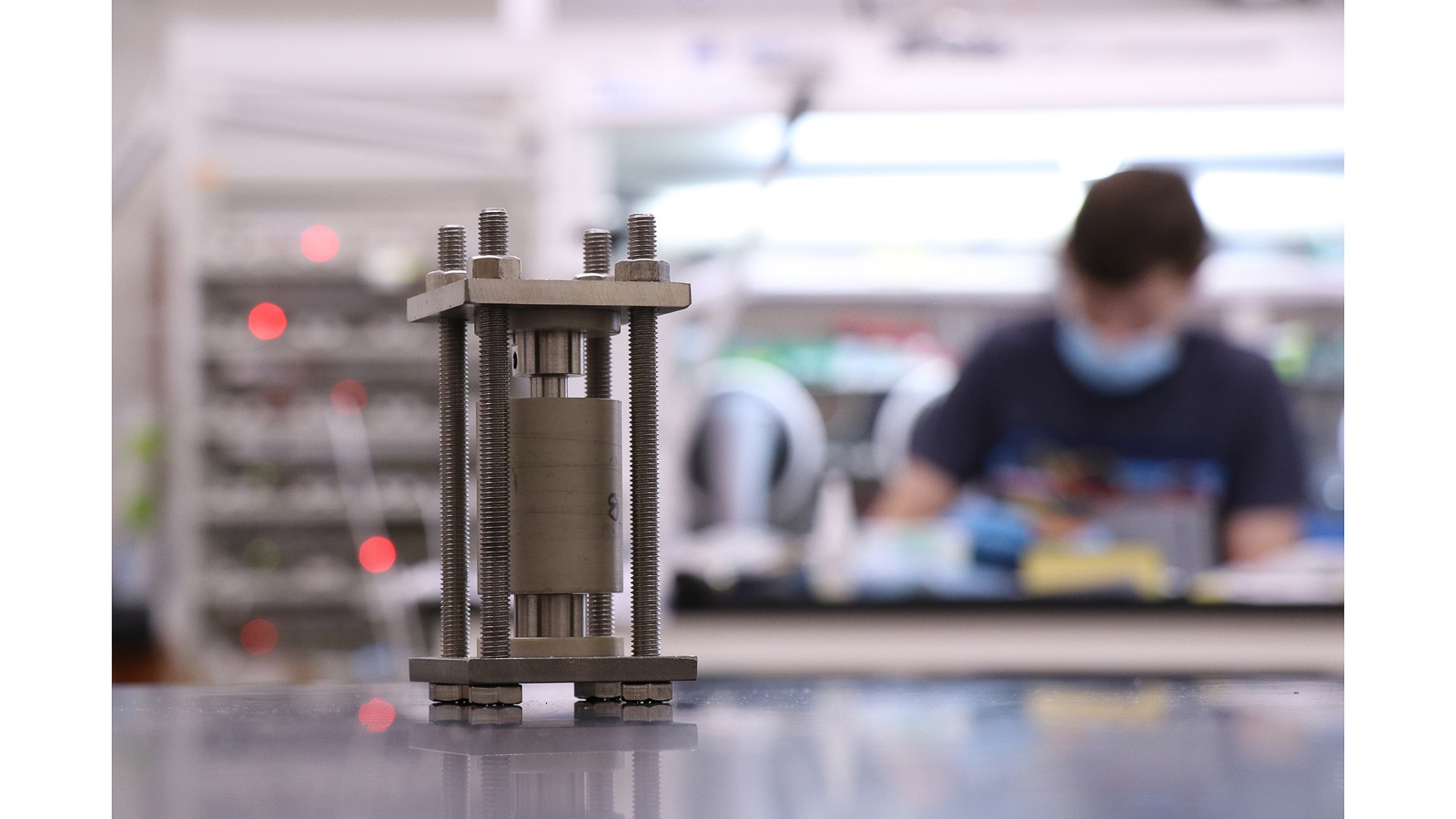
Inside the battery in 3D: Powerful X-rays watch solid state batteries charging and discharging
Using high-speed X-ray tomography, researchers captured images of solid-state batteries in operation and gained new insights that may improve their efficiency.
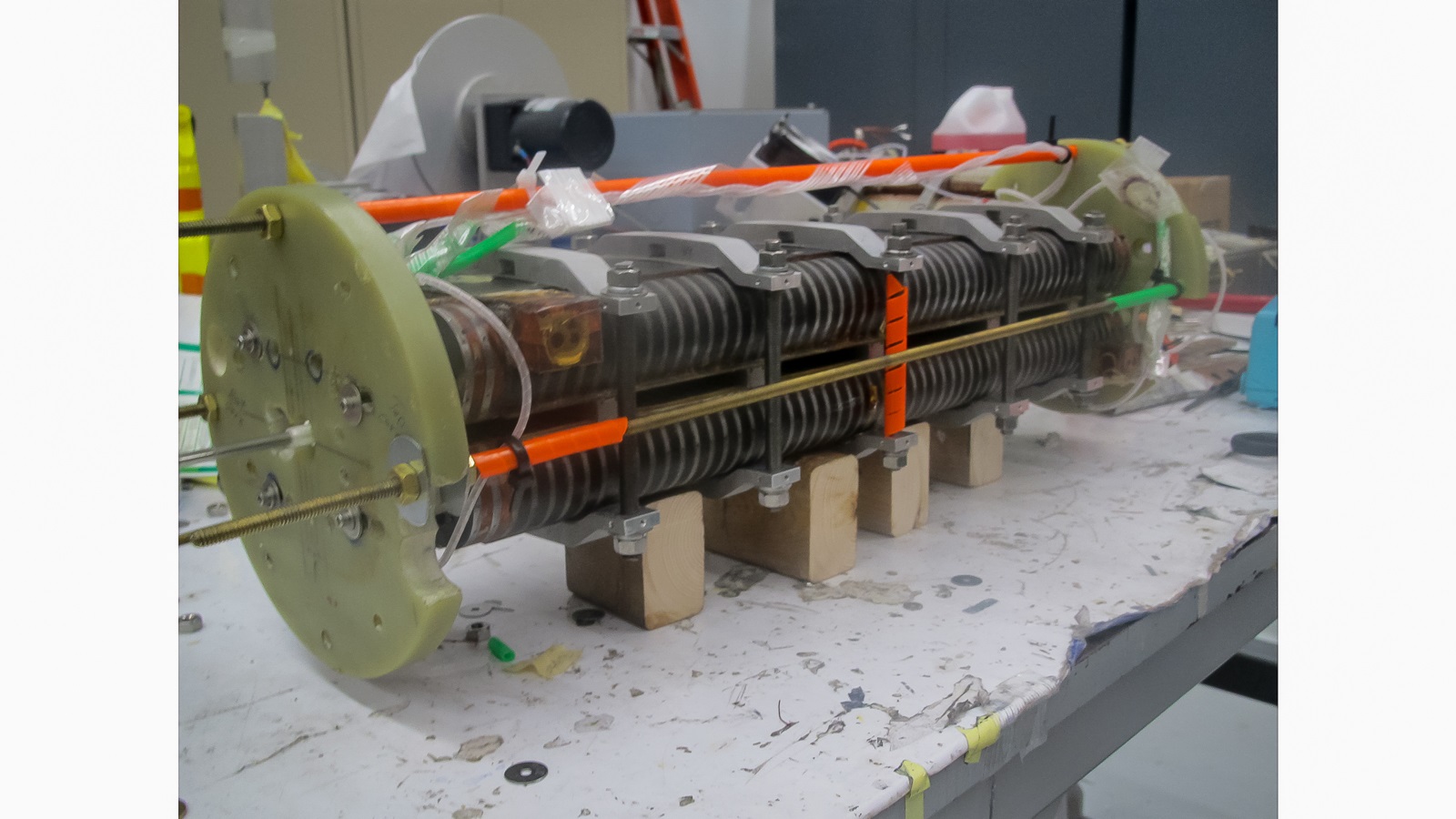
National laboratories’ magnet designers look to the future of light sources with new prototype
After more than 15 years of work, scientists at three DOE national laboratories have succeeded in creating and testing an advanced, more powerful superconducting magnet made of niobium and tin for use in the next generation of light sources.
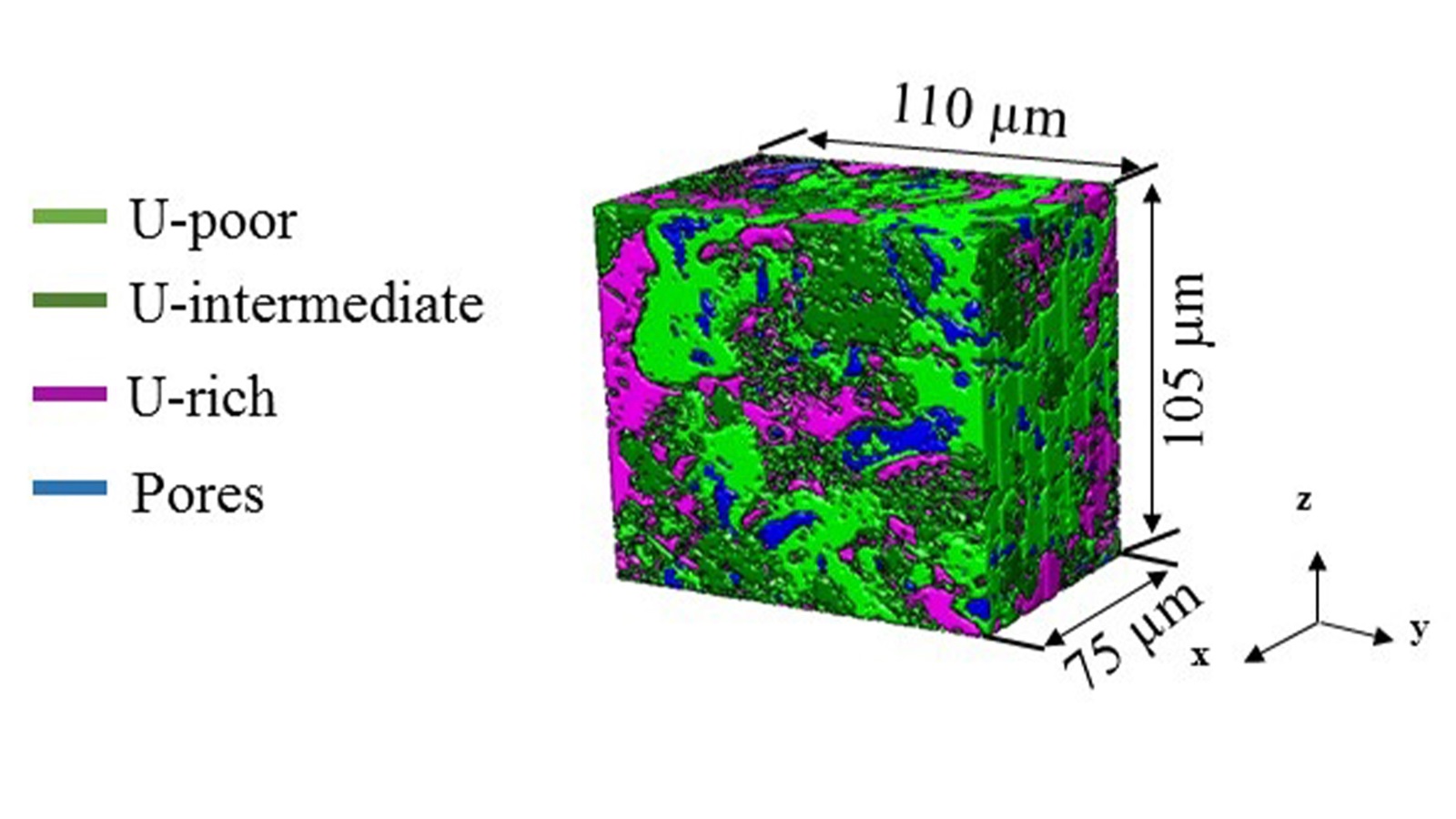
Scientists gain an unprecedented view of irradiated nuclear fuel
Researchers from Purdue University and Argonne National Laboratory have used intense X-rays to inspect irradiated nuclear fuel.
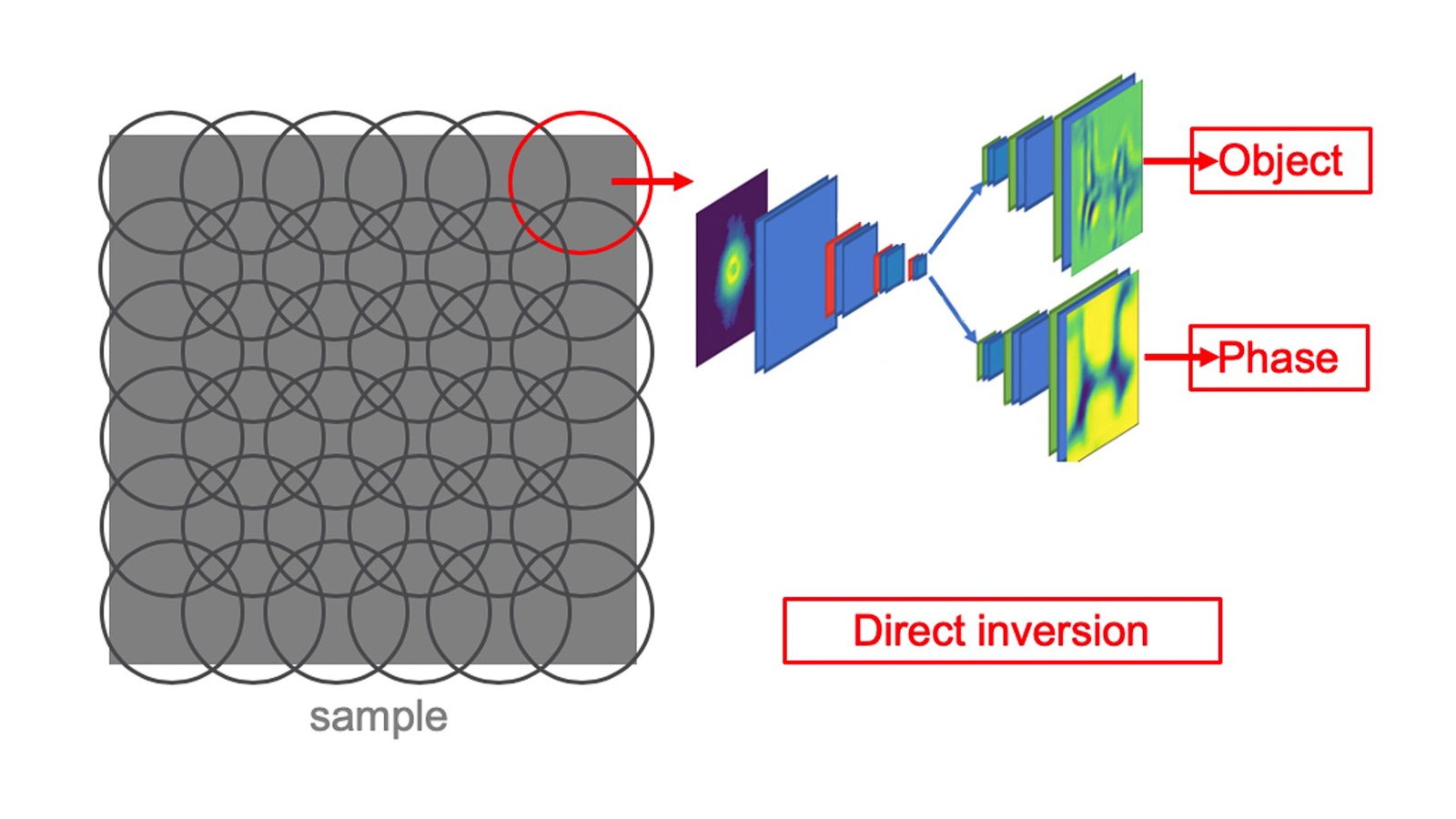
Using neural networks for faster X-ray imaging
A team of scientists from Argonne is using artificial intelligence to decode X-ray images faster, which could aid innovations in medicine, materials and energy.

Beamline scientists connect the world’s researchers to the APS
Every successful experiment at the Advanced Photon Source relies on the knowledge and skills of the beamline scientists who enable the research. What makes a good beamline scientist? Four of them weigh in.

APS plays foundational role in development of COVID-19 vaccines
More than a decade of virus research at the APS laid the groundwork for more effective COVID-19 vaccines and helped speed their rapid development.
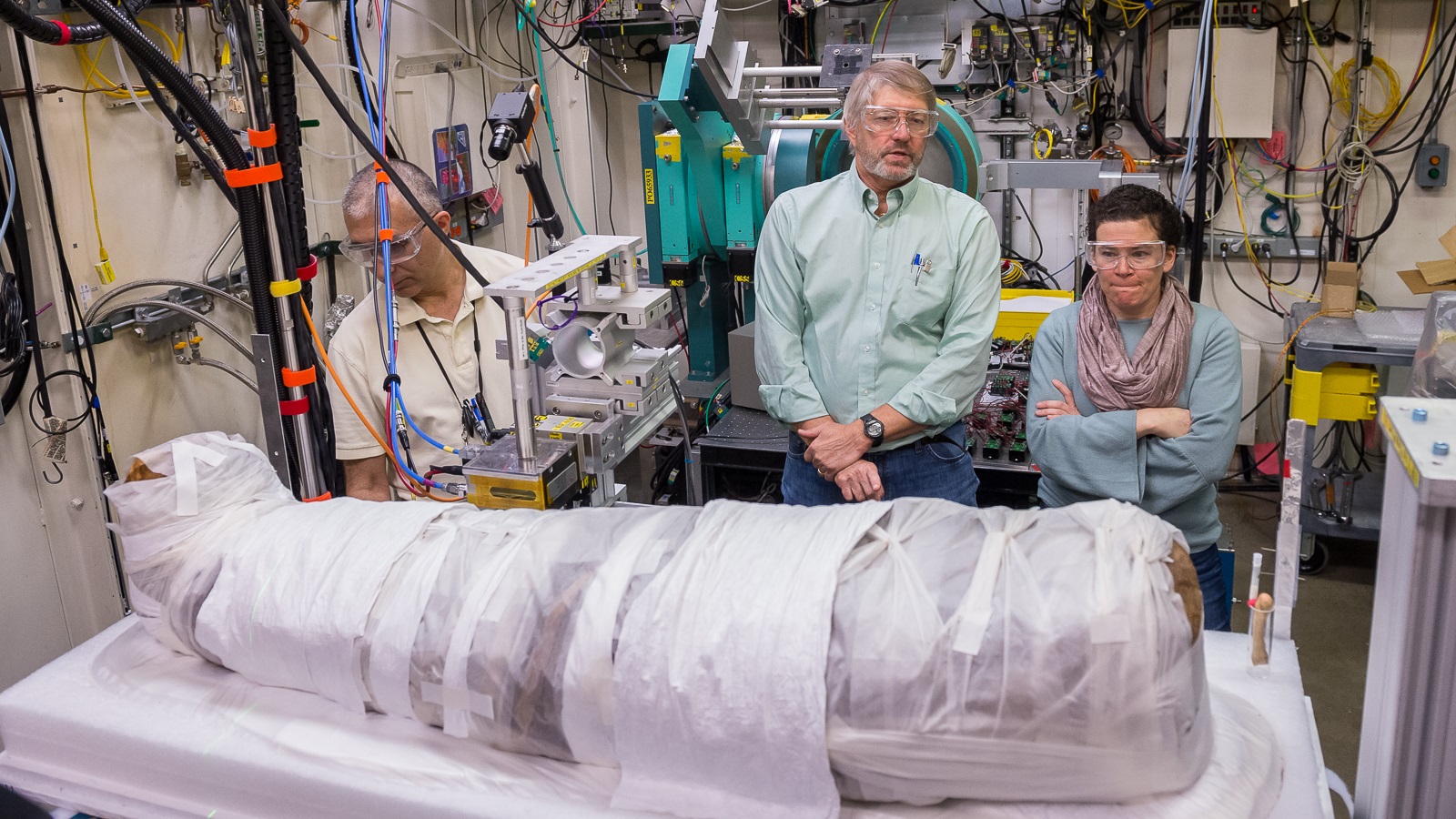
Under wraps: X-rays reveal 1,900-year-old mummy’s secrets
Researchers used the powerful X-rays of the Advanced Photon Source to see the preserved remains of an ancient Egyptian girl without disturbing the linen wrappings. The results of those tests point to a new way to study mummified specimens.
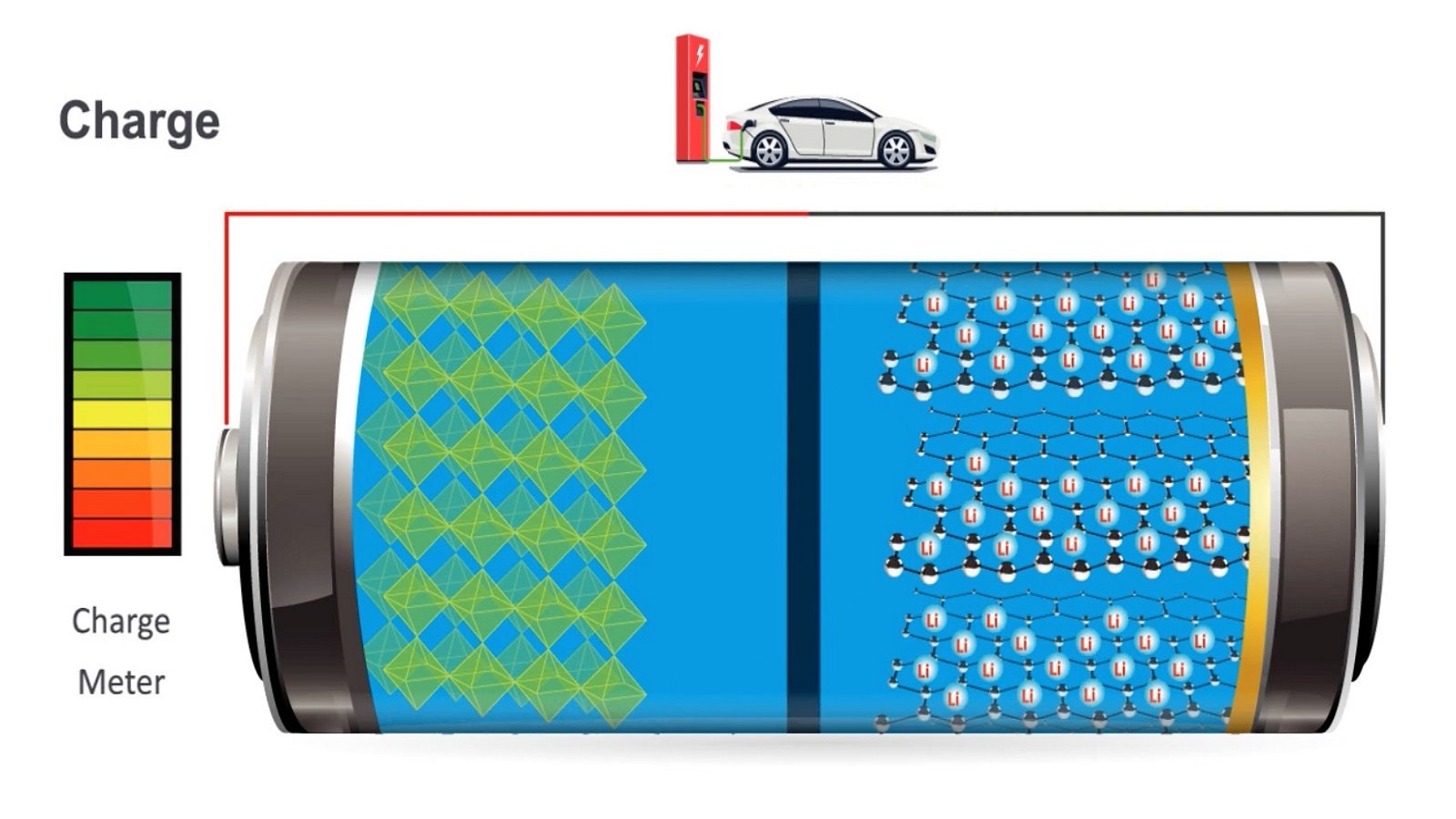
Battery of tests: Scientists figure out how to track what happens inside batteries
The new method could be the key to designing more efficient batteries for specific uses, like electric cars and airplanes.

High-impact research: How meteorite strikes may change quartz on the Earth’s surface
Scientists using a unique combination of capabilities at the Advanced Photon Source have learned more about how meteorites affect one of the most abundant materials in the Earth’s crust.

Hide and seek: Understanding how COVID-19 evades detection in a human cell
Scientists using the Advanced Photon Source have discovered new insights into the ways the SARS-CoV-2 virus camouflages itself inside the human body.
Filling in the blanks: How supercomputing can aid high-resolution X-ray imaging
Scientists are preparing for the increased brightness and resolution of next-generation light sources with a computing technique that reduces the need for human calculations to reconstruct images.
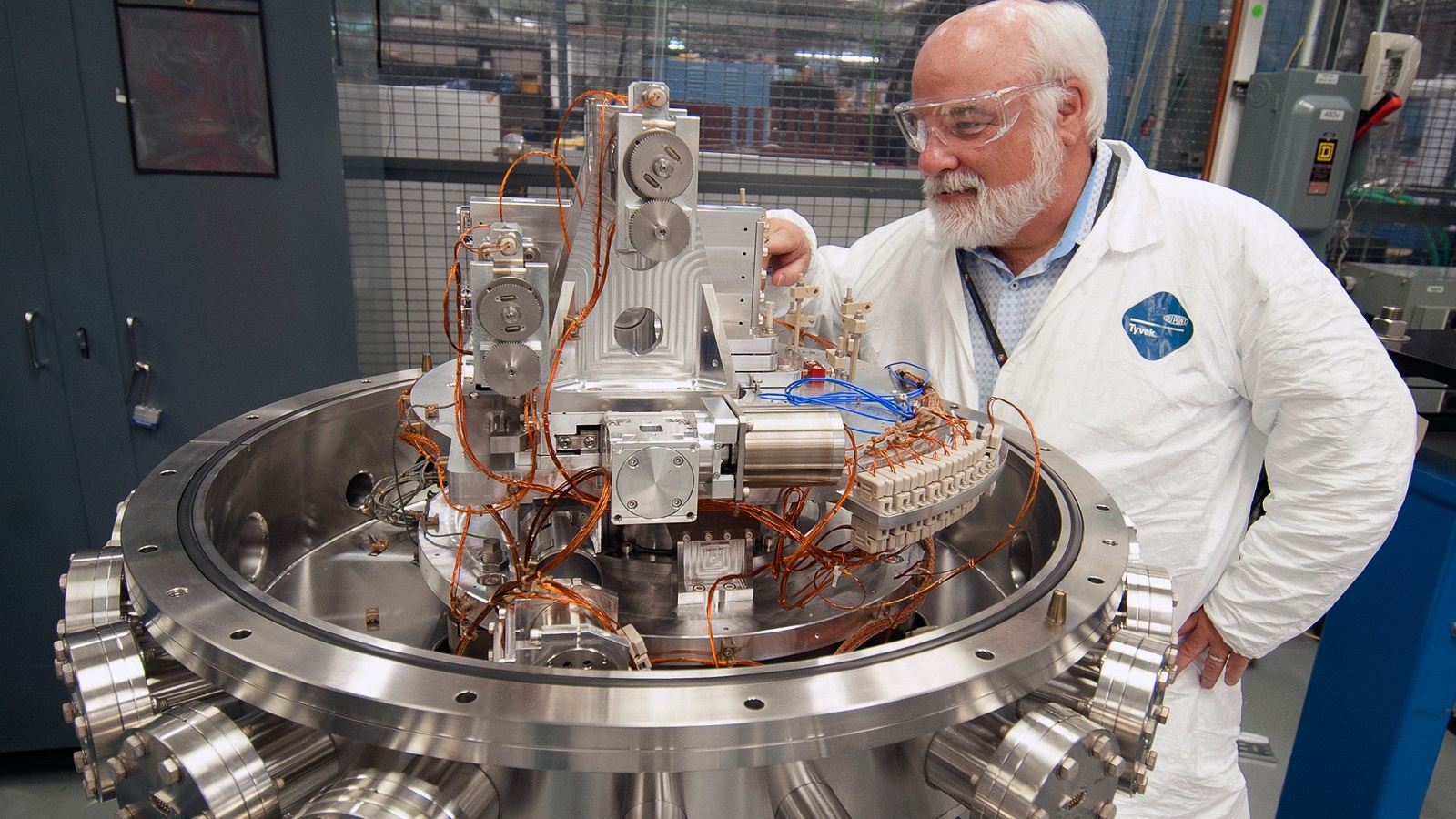
Advanced Photon Source Upgrade will transform the world of scientific research
It’s been almost 25 years since the APS first saw light. An $815 million upgrade is currently underway with an anticipated first light in 2023. The APS Upgrade will provide the scientific community with unprecedented new research opportunities.
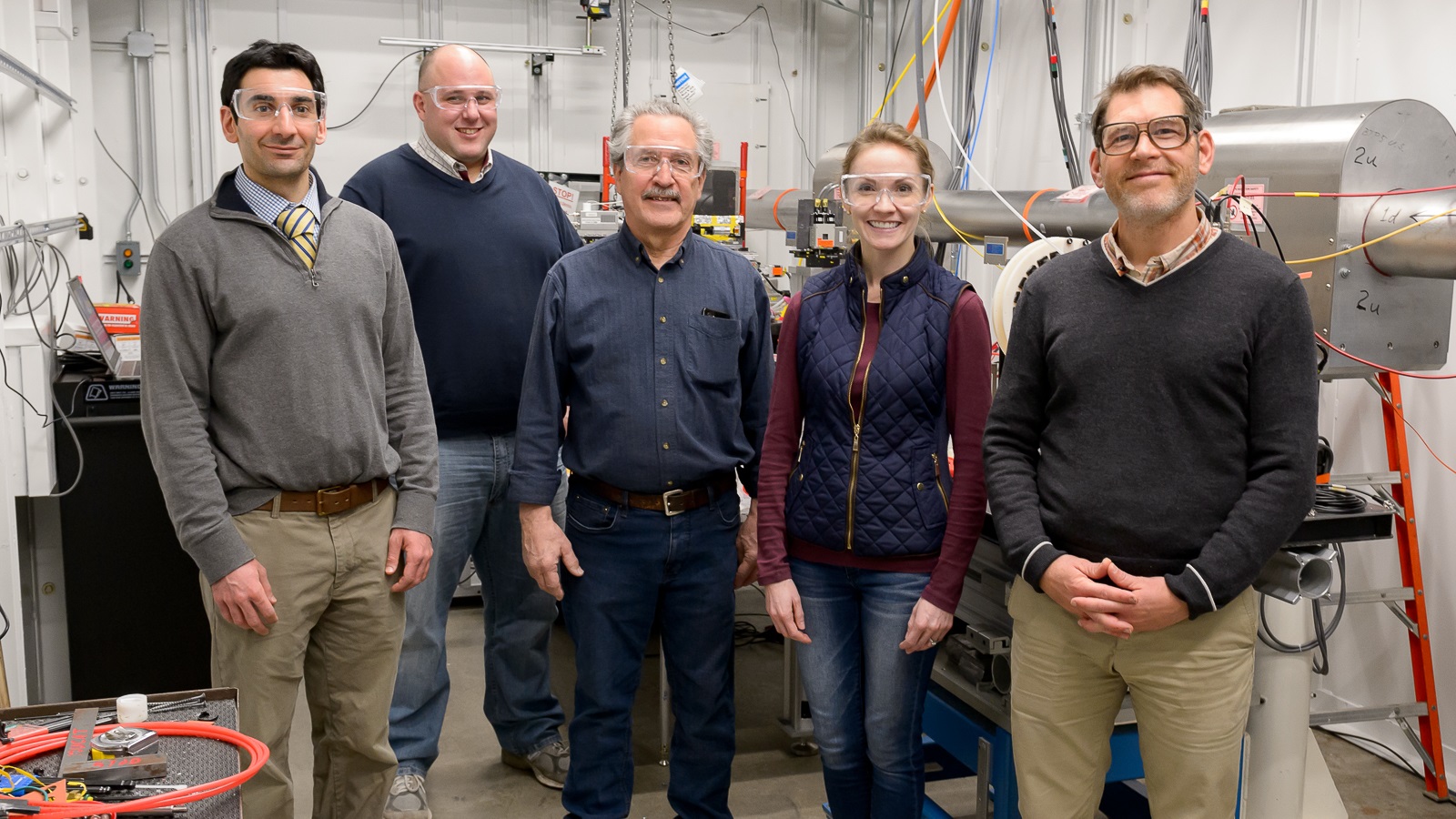
High-throughput X-ray diffraction instrument comes to Argonne’s Advanced Photon Source
A collaboration between Argonne and several universities has led to the creation of a new high-throughput X-ray diffraction instrument that will enable materials research and clear the way for improvements in advance of the APS Upgrade.

Beneath the surface of our galaxy’s water worlds
Scientists have simulated conditions on water-rich exoplanets to learn more about their geological composition, and found a new transition state between rock and water.
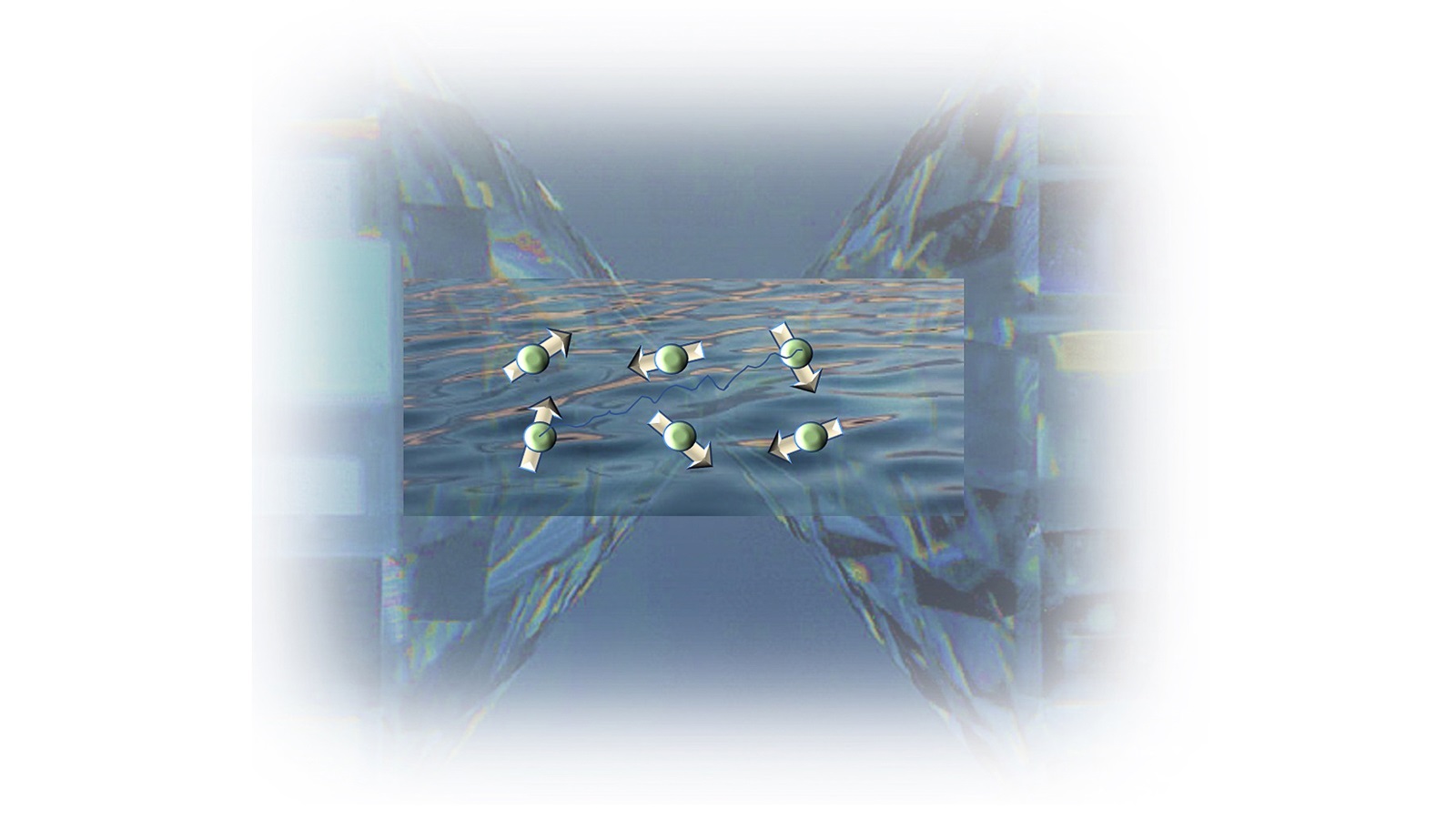
Scientists use pressure to make liquid magnetism breakthrough
Scientists have forced a solid magnetic metal into a spin liquid state, which may lead to insights into superconductivity and quantum computing.

True colors: Using X-rays to trace the evolution of insects’ structural colors
A team of researchers has used ultra-bright X-rays to analyze 13,000-year-old fossilized beetle wings to learn more about the evolution of structural colors.
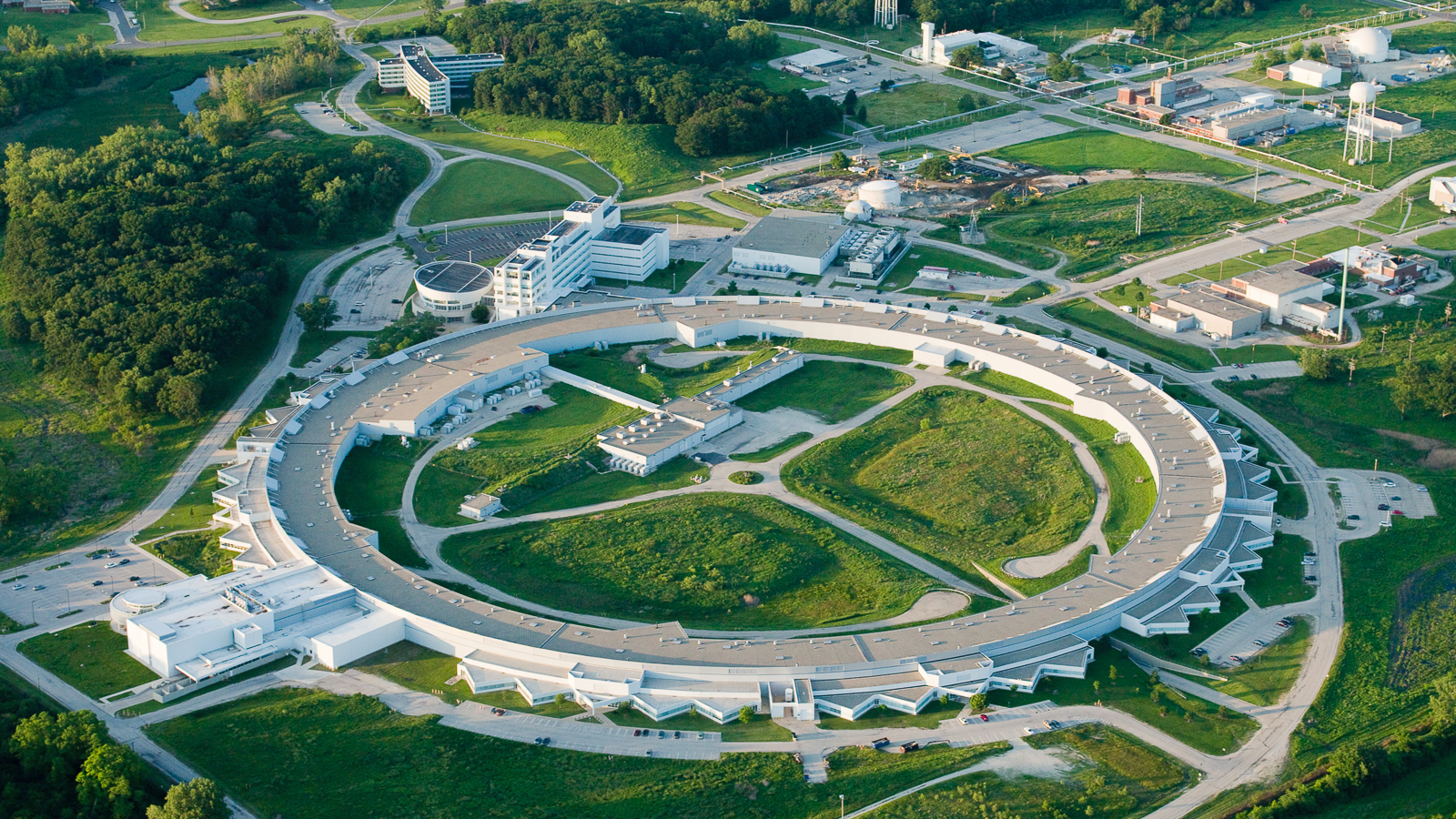
Argonne’s researchers and facilities playing a key role in the fight against COVID-19
Argonne scientists are working around the clock to analyze the virus to find new treatments and cures, predict how it will propagate through the population, and make sure that our supply chains remain intact.
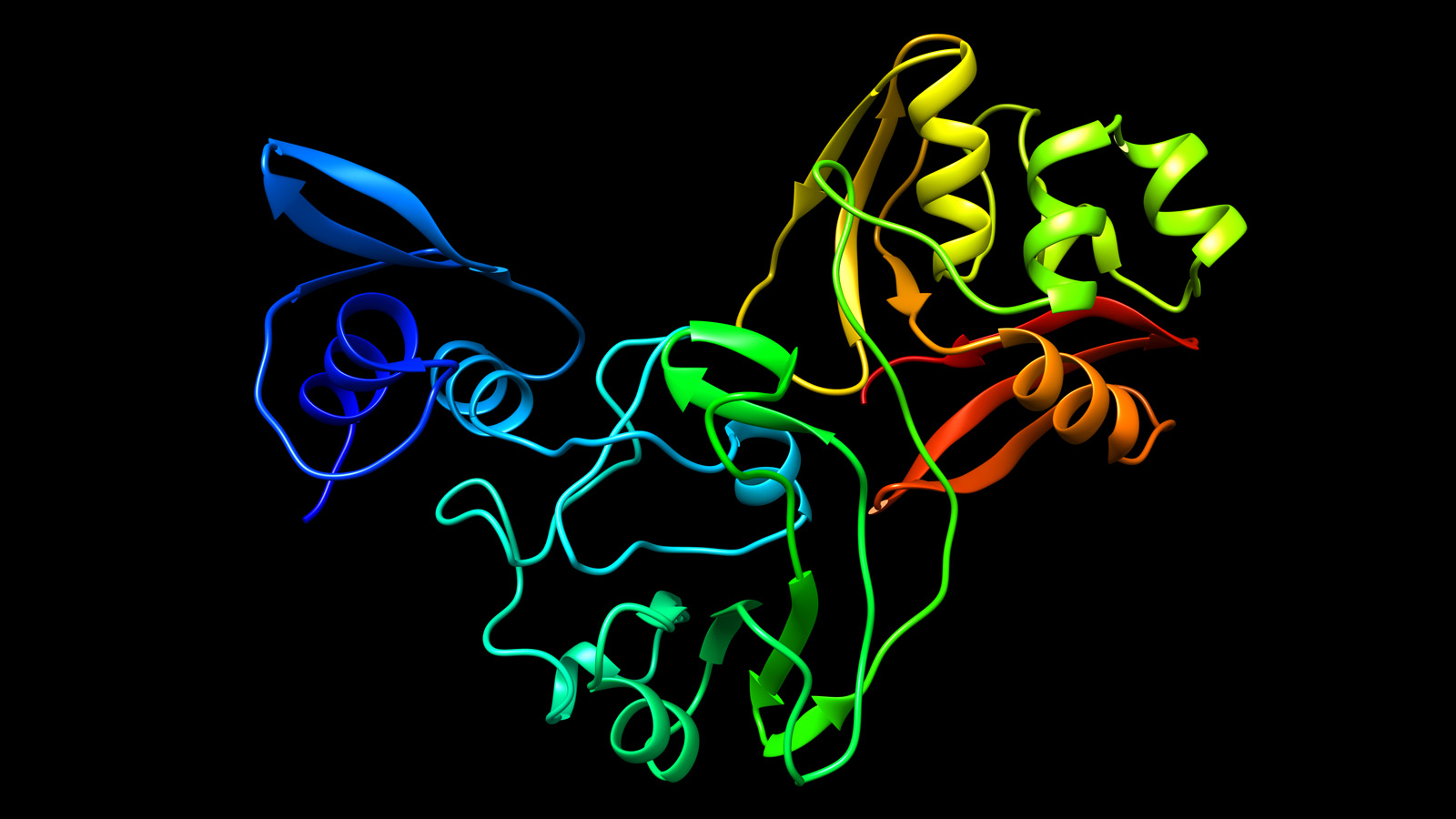
New coronavirus protein reveals drug target
A potential drug target has been identified in a newly mapped protein of SARS-CoV-2, the virus that causes coronavirus disease 2019 (COVID-19). The structure was solved by a team including the University of Chicago (U of C), the U.S. Department of Energy’s (DOE) Argonne National Laboratory, Northwestern University Feinberg School of Medicine and the University of California, Riverside School of Medicine (UCR).
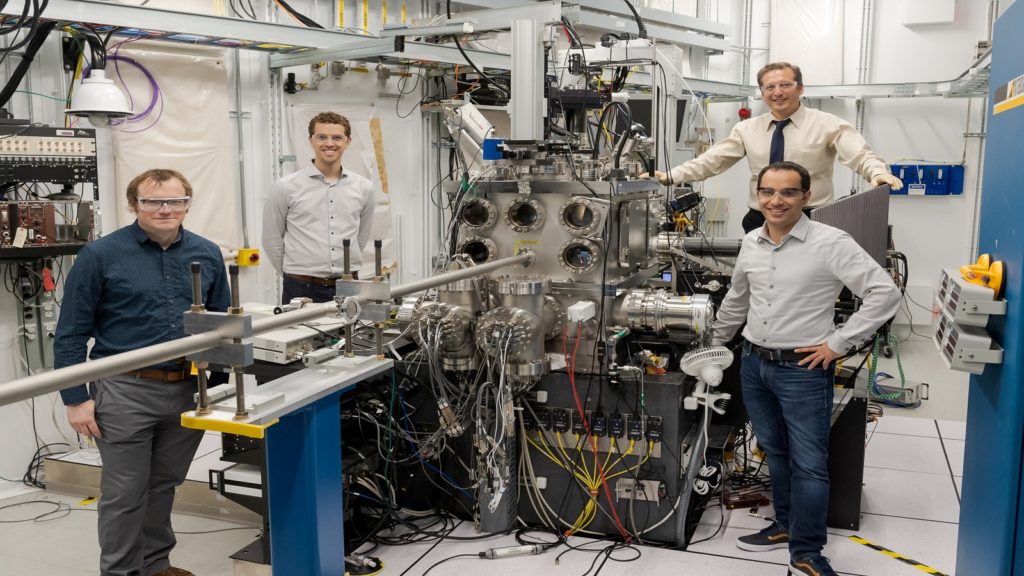
Seeing sound: Scientists observe how acoustic interactions change materials at the atomic level
By using sound waves, scientists have begun to explore fundamental stress behaviors in a crystalline material that could form the basis for quantum information technologies.
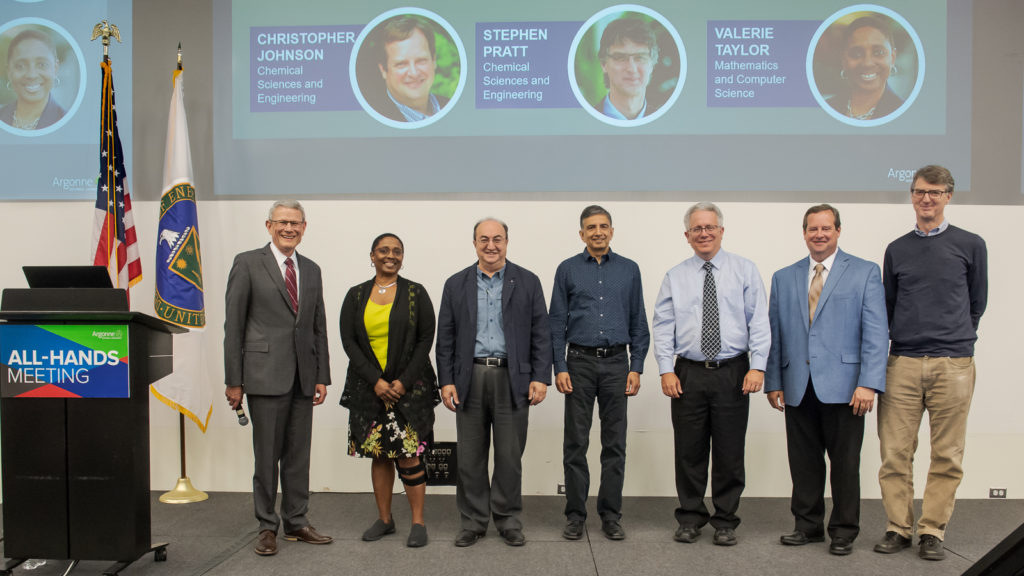
Six Argonne researchers recognized as 2019 Distinguished Fellows
Six leading researchers from the U.S. Department of Energy’s (DOE) Argonne National Laboratory have received international recognition in being named as Argonne Distinguished Fellows.